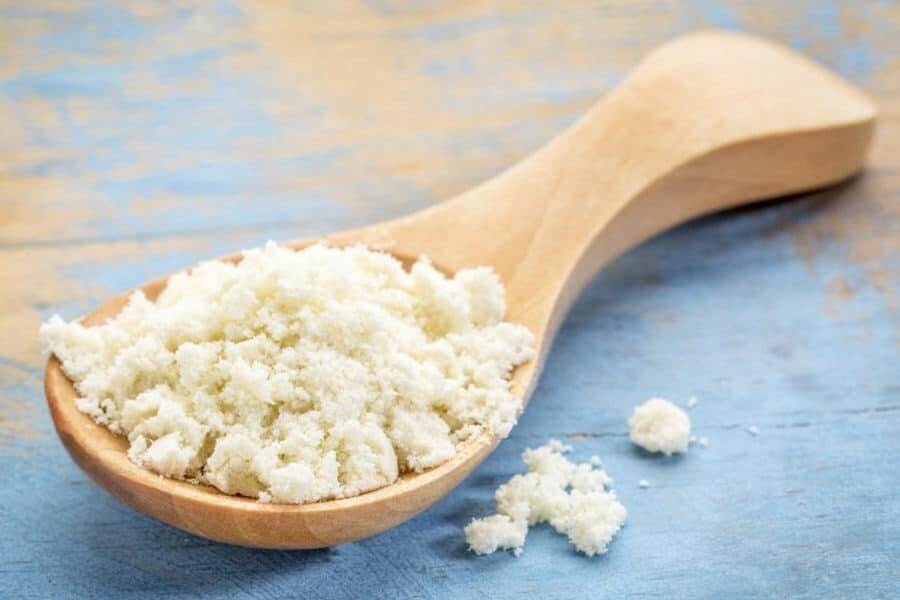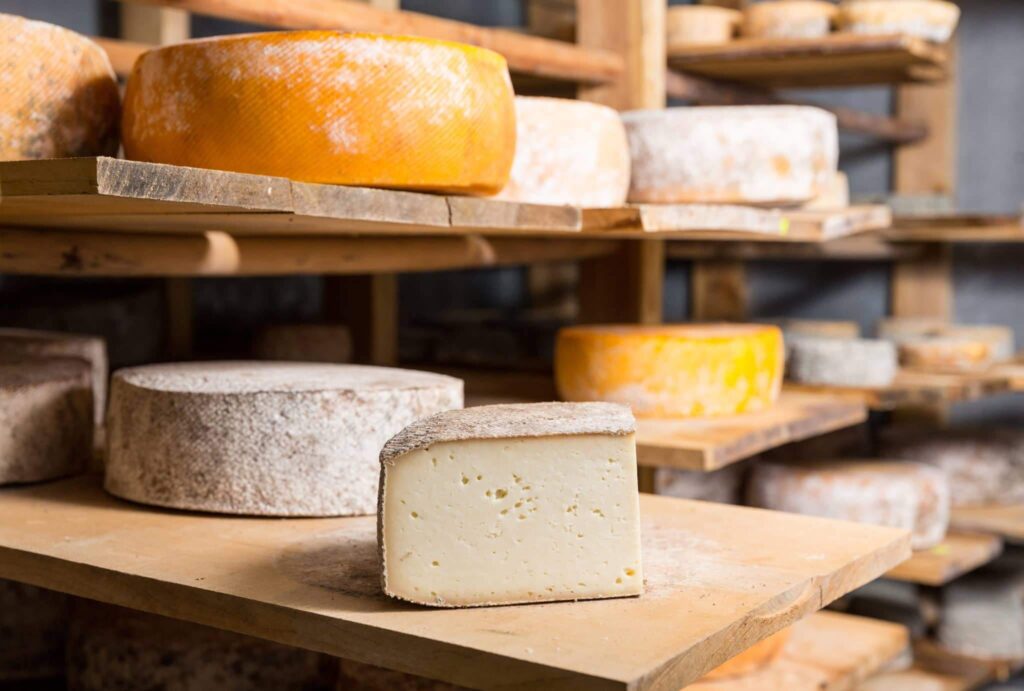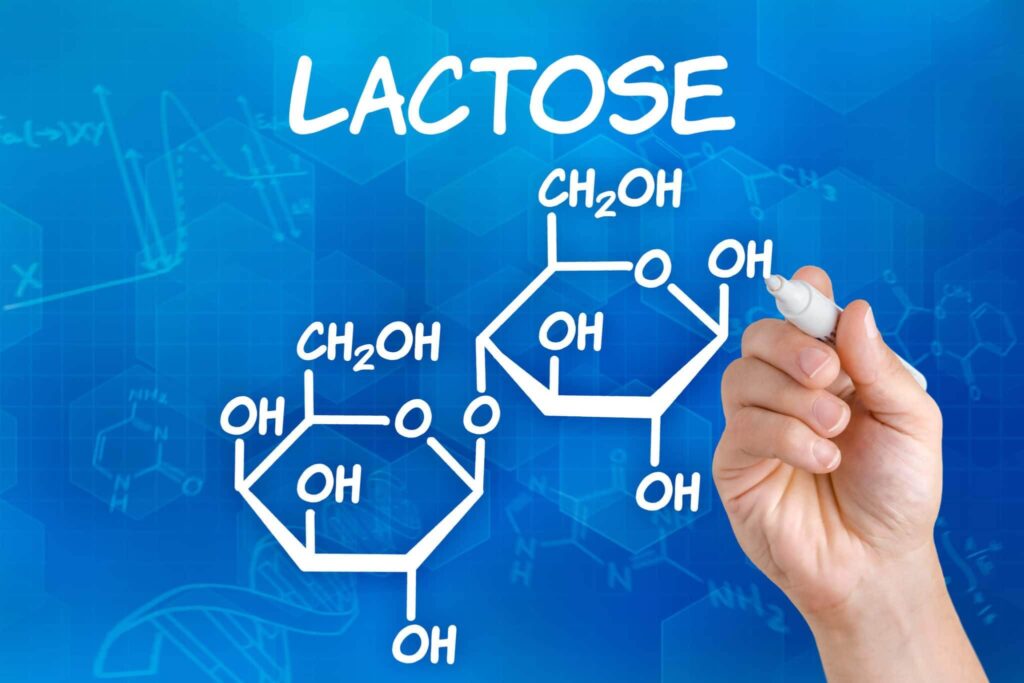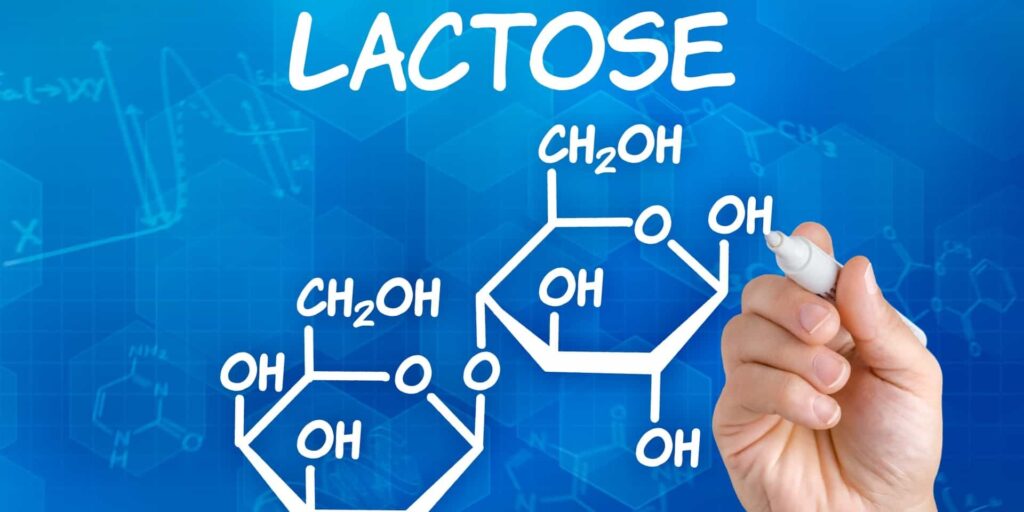
Lactose
Lactose is also known as “milk sugar.” This is because it occurs naturally only in the milk of mammals such as cows, goats and humans. Milk from cows and goats is used to make cheese and yogurt. Not all milk products contain the same amount of lactose. For example, hard cheeses such as cheddar, parmesan and Swiss cheese contain little or no lactose. While milk, ice cream and yogurt contain larger amounts of lactose. Hard cheeses contain less lactose because of the removal of whey (a liquid solution of fat, lactose and protein) during preparation and because of the continuous breakdown of lactose by bacteria during the aging process.
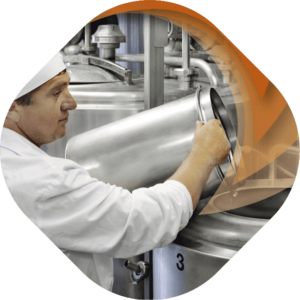
For the best mixing solution we rely on our process knowledge of more than 80 years and our high quality sanitary design

Is lactose a natural or added sugar?
The sugar we consume is often described as natural sugar or added sugar. Like many other types of sugars, lactose can be considered both a natural sugar and an added sugar, depending on its source. Lactose is inherent in the milk of mammals and can also be isolated from this original source and crystallized for use as ingredients. Products containing these ingredients include: caramels, frozen desserts, fudge, meat products, sauces and soups. The lactose in plain milk and plain milk products is considered a natural sugar. The lactose added as an ingredient to packaged foods and beverages during manufacturing are considered an added sugar.
How is lactose digested?
The digestion of lactose takes place in the small intestine using the enzyme lactase. Lactase breaks down lactose into the monosaccharides galactose and glucose, making them available for absorption. Glucose is eventually absorbed by our cells with the help of insulin. Galactose is transported to the liver, where it is converted to glucose for use in energy production.
Because of the essential nutrition provided by lactose in breast milk to infants, we are born with the ability to produce lactase. Only in rare cases are infants born with a lactase deficiency, a condition called congenital alactasia. Infancy is the stage of life when lactase production is highest. After weaning, lactase production slows rapidly and dramatically and usually decreases with age. This decrease in lactase production can result in the inability to digest lactose later in life. Research has shown that about two-thirds of the world’s population does not produce enough lactase to adequately digest lactose.
What is lactose intolerance?
Not everyone who has difficulty digesting lactose experiences the same symptoms, nor are they all considered lactose intolerant. Lactose intolerance is a condition that results from the body not producing enough lactase and results in physical symptoms such as abdominal bloating and cramps, diarrhea and flatulence. These symptoms occur because the small intestine can no longer digest lactose and the lactose enters the large intestine. The production of lactase is a biological process determined by our DNA. The prevalence of lactose intolerance is highest in people of East Asian descent and lowest in people of Northern European descent.
Lactose intolerance is very similar to a milk allergy, yet it is not the same. Allergic reactions to milk are the immune system’s response to the proteins (e.g., whey and casein) in milk. Lactose intolerance results from low lactase production and leads to physical reactions of the digestive system.
Food & Beverages Contacts

Tom Pruymboom
Sales Director
Area Worldwide

Bart Brouwer
Area Sales Manager
Area Worldwide

Sijko van der Veen
Application Engineer
Technical Specialist
Dairy – Related Articles
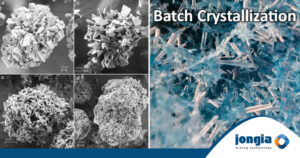
The introduction of crystallization in the mixing process for the dairy industry
Jongia Mixing Technology has initiated numerous mixing processes all over the world using her agitators. In some of these mixing processes, crystallization was a key factor in acquiring the desired final product. The process of crystallization is well-known in the

The Jongia Magitator: A multi-purpose magnetic agitator
To keep dairy or starch products homogeneous, the Jongia Mixing Technology Magitator, a magnet-driven agitator, is the right choice. In addition, this agitator maintains vegetable oil or juices at the right temperature. USP’s of the Magitator Opting for the Magitator

Jongia propellers are a valuable addition to the mixing process
Product friendly propellers are an indispensable part of our customers’ mixing process. Especially in the dairy industry, where slightly viscous liquids are mixed, it is very important that the products are not damaged during the mixing process. Jongia has unique



